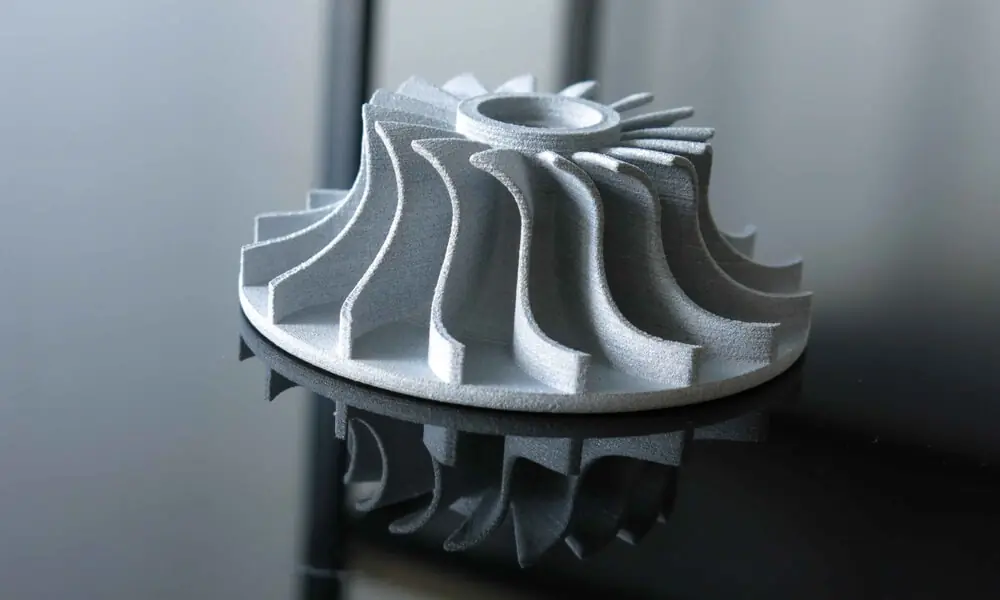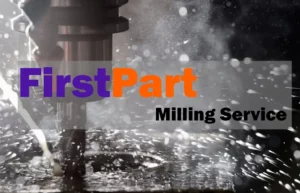CHOOSING THE BEST FASTENER OPTION FOR YOUR ADDITIVE MANUFACTURING PARTS
When 3D printed components are not manufactured as a composite part, they will need to be put together one way or another. You may need a fastener for many reasons; perhaps, you’re manufacturing a part too big to be printed by a 3D printer, or maybe you’re trying to reduce design complexity by building multiple units of single parts rather than one complex part.
Today, popular options in the market include living hinges, snap fit components, self-threading screws, captured hex nuts and more. The ideal option is dependent on the end-use of the part, the conditions of operations, size and even mechanical considerations. Here are some few tips to guide your selection when choosing the best fasteners for your 3D printed parted.
Asking the right questions
Before concluding on the right fastener to use for your product. Ask the following questions:
• What is the amount of holding force required?
• Will you need to assemble or disassemble the components?
• How often will you dissemble and reassemble the components?
• Does the selected fastener require you to add or modify design specifications?
• What is the purpose of your 3D printed parts? Prototypes or end use?
• What conditions (force, temperature, climate) will the part be used?
What are your options?
1. Threaded inserts
Threaded inserts present engineers with a great opportunity to join 3D printed parts and enclosures that need to be screwed. They are often used in housings, casings and compartments that allow regular off-the-shelf screws to hold the opposing units of the component together.
Made from brass or stainless steel, they are fast and easy to clean with no limitations around the number of times the part can be assembled or disassembled. Threaded inserts require some level of thickness to prevent cracks, failure and damage to the part’s structural integrity.
2. Self-threading screws
Self-threading or parker screws are alternatives to threaded inserts. They are screws with a spiral outer pattern that make them able to tap and thread its own hole as it is driven into the 3D printed part.
Self-threading screws are ideal for first prototypes or 3D printing on materials with low resolution. They are easy to install, cheap and work freely without any special design considerations.
3. Snap-fits
Snap-fit components are used to join flexible parts of 2 or more 3D printed components to form the final product. The general mechanism here involves the pushing of mating parts into each other such that they interlock and fasten into each other. Snap-fits are ideal for simple, low-cost parts or product prototypes.
4. Tap cutting threads
Tap cutting threads are most common in conventional and CNC machining. These types of fasteners are made by using a drill tap to create the threads in each hole. These holes are used to hold the 3D printed components together with the appropriate screw.
The advantage of these drill tap cutting threads is the improved assembly and disassembly it offers in product manufacturing. When used with 3D printed components however, they may be time intensive, have higher rates of wear and deliver lower strength than other options.
5. Captured hex nuts
3D printing in-pockets that allow you capture hex nuts can be a great way to hold multiple components together. The idea here is to make in-pockets in the design atop which the threaded hex nuts will seat. These nuts will then be used to hold the components together with a long screw that spans the length of the pockets.
To use hex nuts, engineers will need to understand how these options fit into the design. Hex nuts also only works on the outside surface and may require extra material to secure the nut. This may drive up your overall assembly cost for that component.
6. Glue and adhesives
Glues and adhesives are perfect for low-end prototypes, casings and coverings that are not likely to be assembled or disassembled. They offer excellent adhesive forces that hold components together and are easy to apply.
Glues and adhesives are used around the edges of the components, keyed into the mating components and left to dry. Caution should be exercised when using adhesives because of their chemical nature. There is also the downside that applying glues and adhesives may not be the neatest of jobs when dealing with really small 3D printed part.
Firstpart 3D Printing Services in China
Firstpart offers a wide range of 3D printing solutions for both personal, commercial and industrial uses. Choose from a variety of printing options, filaments and finishes to produce high-quality parts that are suitable as production parts, prototypes or end-use devices. By simply contacting us, we can print and ship your parts to you anywhere in the world. We invite you to work with us and take advantage of our expertise in combining additive and subtractive manufacturing technologies for excellent product output.
At Firstpart, we can help to optimize the performance of your design by including aesthetically pleasing and highly functional 3D design models that ensures an improved overall part performance and combine the machining efficiency of CNC machines for attention-arresting outcomes. Click here to request a free quote or click here to contact us now and get started with your project!










